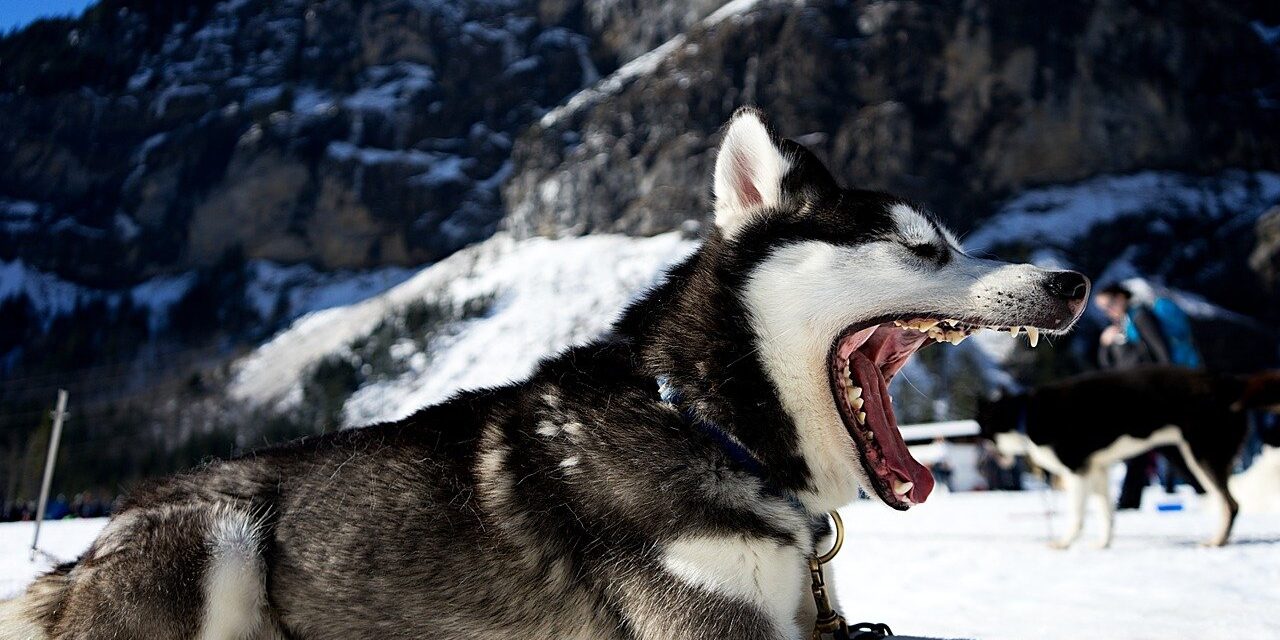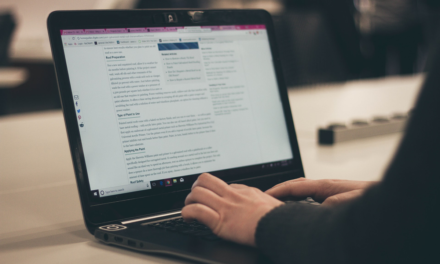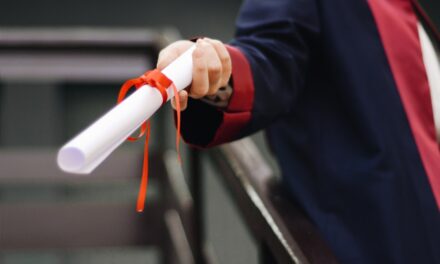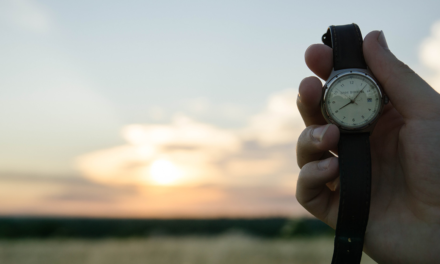Name: GB Jones
Kennel: Iditarod Trail Kennel
Birthplace: Payson, Utah, USA
Current Residence: Knik, Alaska, USA
Occupation: Iditarod Racer and Dog Tour Operator
Introduction To Our Musher
I own and operate The Iditarod Trail Kennel in Knik, Alaska. We provide tours throughout the year. We are currently in active training in preparation for Iditarod 2007!
The Background of Our Musher
How did you get involved with the sport of dog sledding?
I have a great love for the Alaskan Outback and for dogs. While I am still healthy, it is an outstanding opportunity to see Alaska from the vantage of a dog sled.
Could you tell us about your first mushing adventure?
My first adventure was up at Hatcher Pass near Wasilla, Alaska. I took 16 dogs on a remote trail to an old gold mining area. “It was a good time to be alive.”
Who have been your biggest supports during your mushing years?
I have been blessed with many very fine supporters over the years. Many of these folks have various limitations that prevent them from riding the runners, and so they have entrusted me with these dogs to run the trails for them, and to share the adventure and live the dream!
How long have you been addicted to mushing?
I have been running with the dogs since 2001.
What has been your greatest accomplishment in your dog sledding career?
Becoming a finisher of the Iditarod race!
What is it about dog sledding that makes you enjoy it so much?
Being a member of a team where all the life forms are different than your own, and yet having the ability to bond and communicate and to share in those things that lie beyond the streets of the city.
Do you have any other pets besides sled dogs?
I have a few barnyard critters to keep everyone amused.
Are you married and do you have any children?
I am single, but enjoy the television show “Desperate Housewives”. I have no children, but sometimes all these dogs make me think I have 22 five-year olds!
What hobbies, sports or activities do you enjoy doing besides dog sledding?
I enjoy mountain climbing, swimming, and fishing.
Maintaining a Kennel
How is your kennel set up?
Our kennel is located a half mile from the Iditarod race checkpoint of Knik, Alaska. I have a total of 22 dogs that live here. Inasmuch as the Iditarod Trail goes through our kennel, we have a hook-up area and a launch pad that connects on to the Iditarod. We also have a musher’s cabin where we store the mushing gear, dog food, and work on equipment.
How many lucky dogs currently enjoy your kennel?
22!
What is the feeding routine for your dogs?
During the racing season the dogs are fed three times a day. In the non-racing season the dogs are fed less frequent, and water is always available to them. During the racing season they are fed a high protein diet which is also supplemented with beef, pork and chicken as well as a high fat diet. They are also given vitamin E supplements.
What is your kennel philosophy?
It is my desire to treat each and every dog with good health and respect. I care for these individuals as if someday, when its’ all over for both the dogs and me, that should the dogs be called upon to testify at my day of judgment, that they will grin and say that I wasn’t too bad of a guy!
What is important to you when maintaining a kennel of working dogs?
To have a happy and healthy kennel!
If I were a dog in your kennel, what would my day be like?
You would be happy and healthy and actively running the trails, meeting lots of new people, and enjoying the comforts of your own straw filled dog home with lots of high protein food!
Working With the Dogs
What physical attributes do you try and produce in one of your average sled dogs?
Inasmuch as we do not breed dogs here at the Iditarod trail Kennel, our focus is on what we already have! Our emphasis is on developing a very physically fit canine who is in optimum health and well disciplined!
What breeds do you currently mush with?
All the dogs here at the Iditarod Trail Kennel are Alaskan Huskies, except Kobuk who is a samoyed.
What is the demeanor like in all of your sled dogs?
All the dogs here are friendly, but a couple of them are quite shy when other people come to the kennel.
Please describe your vision of the perfect sled dog.
Self-harnessing and well behaved and loves to run! (Most of my dogs already have the latter two qualities!)
The Magical World of Puppies
All our females are spayed and we do not have any puppies and do not anticipate getting any puppies in the future.
Training: The Hard Part
What is your way of thinking when it comes to racing and training?
I try to train just as close as to how I would run the Iditarod race. The fewer surprises I have out there on the big race, the better off I will be!
Could you describe your yearly training program?
Training begins in the latter part of July with a small team making short fun runs on cool evenings. As the days get cooler, the runs begin to gradually increase. When the trails freeze, the distance will increase and when the snow comes we will switch to the sled and will gradually increase the miles and the number of dogs. After we get to Nome in the Iditarod race, the dogs will be out of active training for three months, but are still provided some recreational time.
What tools are most important to you when training your sled dogs?
Knowledge and good equipment! You need to know your dogs, and know how to safely use your mushing equipment.
What are your training goals each year?
To finish the Iditarod race with 16 happy and healthy dogs!
Racing: Oh Glorious Racing!
Do you race? If so, what races?
I will be racing in Iditarod 2007!
Could you tell us about your first race?
Chaos! It was in Fairbanks on the Chena River! I had very little sled time prior to the race, and I was the first one out of the chute! The team bolted down a snow machine trail instead of the race trail – and fifteen minutes into the race we crashed into some rough river ice and broke the handlebars and stanchions. This was definitely a bad day.
How do you decide which dogs make the race team?
We are training 19 dogs, and we will have to drop 3 of these dogs before race time. We may not know who the 16 finalists are until a day or two before the race. Besides health being a factor, there is also attitude we look for, as well as the results of the blood work which the Iditarod Trail Committee and Providence Hospital (in Anchorage) performs on all the canine candidates for the Iditarod race.
If you could, what are your racing strengths and weaknesses?
My team is stronger and faster than ever, but it is me that has slowed down a little. I believe that I am the weakest link of the team.
What has been your most memorable racing experience?
The 1st Annual Knik-McGrath 300 Sled Dog Race in 2001. Only three mushers signed-up and the other two withdrew in Skwentna. None of our food drop bags made it to any of the checkpoints and me and my team went on to Rohn, but was unable to cross the South Fork River. (Break-up had come early to the river!) We went back up Dalzell Gorge and back across the Alaska Range where it was determined that the race that year would terminate at Rainy Pass! Oh, what an adventure!
What Does the Future Hold?
What do you hope to accomplish with the dog sledding sport?
Pass the torch on to someone else!
What changes do you hope dog sledding makes in the near future?
Be more self-policing in helping to stop the proliferation of excess sled dogs!
To the beginning musher, what advice would you give?
Don’t buy any sled dogs! Work with a musher first – make sure that you are willing to make this tremendous commitment and have the time, money and resources first! Then, if you find it’s really in your blood to get a dog team, check out those places where you can get good running dogs without cost! (Mushers that are getting out of the sport, the local animal shelter, mushing newsletters and magazines, mushing web sites, classifieds, etc.) Then, after you get your team, keep the number to a manageable number and have fun!
If mushers were to do something to perpetuate the dog sledding sport, what would that be?
Be good role models – have reverence for all life – people and animals!
Anything else for the mushing community to hear?
Yes! To the residents of Nome: Keep the lights on – we’re headed up that way by dog team!





